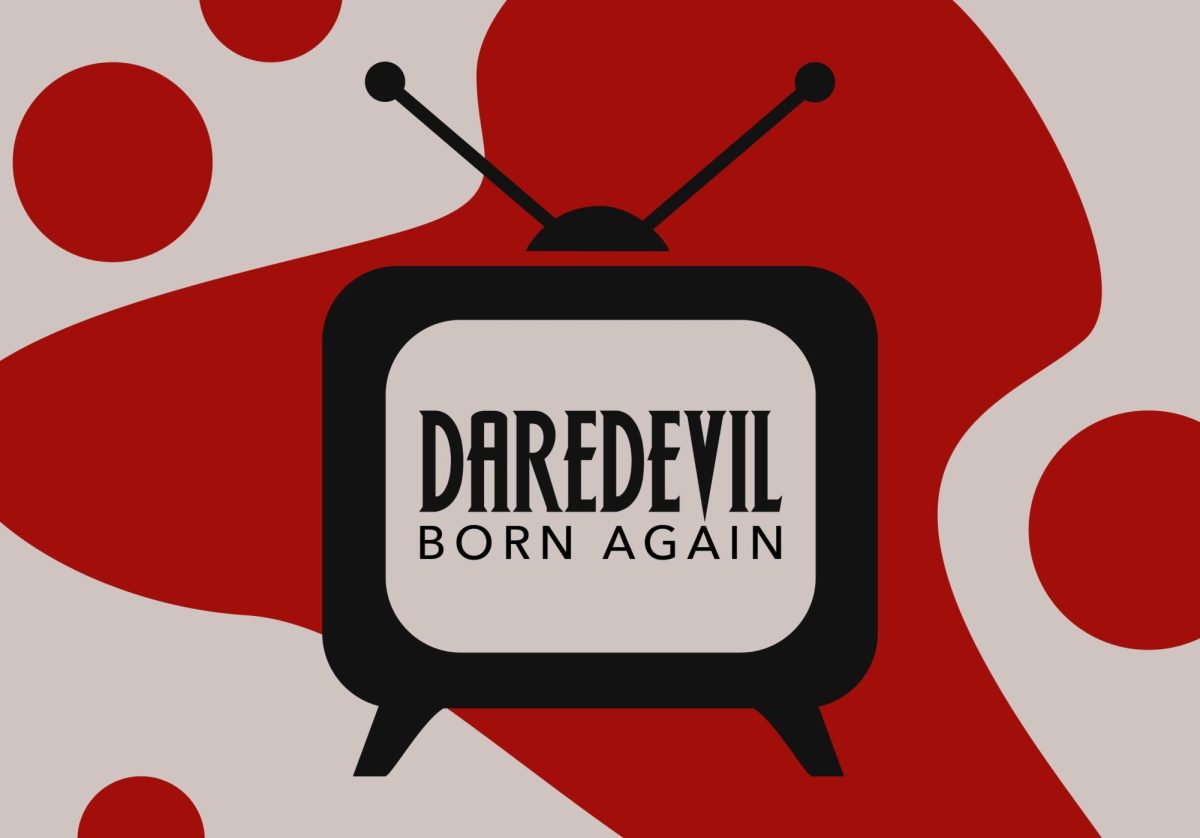How do you remember loved ones who have died? Do you set aside a day to remember them? A time to visit their graves? Do you sift through old photographs or make their favorite dishes? Leave their favorite brand of liquor or clothes sitting out? Decorate an altar in their memory? Do you recall the good times you spent together and laugh remembering them, laugh as you had when you lived them?
For many Mexicans and Mexican-Americans, this is exactly what happens on Día de los Muertos, the Day of the Dead.
WHEN: 1 p.m. to 7 p.m., Tuesday and Thursday; 1 p.m. to 5 p.m., Saturday; Nov. 1 through Nov. 29.
WHERE: Altered Esthetics, 1224 Quincy St. N.E., Minneapolis
TICKETS: Free, (612) 378-8888, www.alteredesthetics.org
Día de los Muertos (dee-YA day lows moo-air-tos) is an ancient tradition that has been practiced in Mexico for an estimated 3,000 years. It was started by the natives long before the Spanish set foot in the New World.
As a textbook example of the cultural blending that occurred after the conquistadors arrived in the Americas, the light-hearted celebration of life and death was moved to coincide with Catholics’ observance of All Saints Day and All Souls Day on Nov. 1 and 2, respectively.
At Altered Esthetics studio in Northeast Minneapolis, this tradition is getting a modern, artistic update by more than 30 artists from around the nation who submitted pieces for this month’s exhibit, simply and aptly titled “Día de los Muertos.”
Co-curator Patti Hibbard said that contrary to what you might expect of a theme so closely related to one cultural group, the submissions came from a wide variety of backgrounds, which shows through immediately in the art. While some images are heavily laden with symbolic Día de los Muertos imagery – marigolds, votive candles and skulls abound – others stray far from the traditional concepts of the event.
“Papa Geano,” by Hanna Jungbauer, is a painting of an elderly man lying peacefully in his coffin. The scene is ripped from a memorial service or funeral, with the flowers decorating his casket still resting to one side of the painting. It’s a quiet and dignified illustration of death in the vein of how most Anglo-Americans view the subject. Its tone is somber, even heavily elegiac, as opposed to the vibrant colors borrowed from the fruit and flora that often adorn Mexican depictions.
The Día de los Muertos tradition is more about consolation of death through the celebration of life, Hibbard said.
“Personally, I think it’s a very healthy way to deal with death,” studio director Jaime Schumacher said. “It’s very creative, as well. They celebrate with music and artwork and culture.”
Paul McMillan’s painting, “Dia de los Muertos,” features a skeleton seated at the center, playing a guitar. It’s donning a sombrero and is surrounded by a handful of tarot cards, a roll of money and a bottle of liquor.
The skeleton, an overt symbol of death in the painting, is also a symbol for the unique view of death Día de los Muertos expounds: The latin phrase “memento mori” is not included so one forgets the joy in life, but as a reminder to celebrate life, even in the face of death.
Another aspect of the artwork is the warmer color palate found in most of the work, typical of Mexican culture.
Jaymee Dever’s portrait, “Te amaré para siempre,” is positively caliente with its electrifying colors and exotic imagery. The painting features a beautiful dark-haired woman with kohl-rimmed blue eyes being hugged by a skeleton. The woman is topless but selectively covered by punchy orange marigolds. The spindly finger of the skeleton reaches towards the woman’s luscious, pouty lips, and the background is a vibrant splay of turquoise sky glittered with golden stars.
The art, like the Día de los Muertos tradition in general, toys with the balance between life and death, and the possibilities of what lies beyond death. The art creates a dialogue between the artist and the viewer, negotiating the line between somber respect for death and overwhelming emotions for the dead loved one.
In addition to the exhibit, which will run throughout November, the artists are putting together an ofrenda, or altar, to honor the process of artistic creation.
In addition to the exhibit, which will run through the month of November, the artists are putting together an “ofrenda,” or altar, to honor the process of artistic creation.
There will also be a candlelit procession around Northeast during the exhibit’s opening reception. Community members are invited to bring photographs or other items to remember a deceased loved one and to walk in the procession, which will end at the ofrenda.
Jim Grafsgaard, an artist who is coordinating the ofrenda, said he has helped Hispanic artists build many altars in the past, but this is his first ofrenda.
“Having worked with a lot of people closer to the tradition,” he said, “I believe we are allowed to respectfully interpret the rituals.”
Grafsgaard said that, as the number of Mexicans and Mexican-Americans living in the United States has increased, the popularity of Día de los Muertos among non-Mexican peoples has, too.
Maybe this different way of viewing death is catching on in American culture because it carries a tone of hope, Grafsgaard said.
As Día de los Muertos celebrates, death does not have to be viewed as the end of the journey through life. Maybe it is just another leg of the saga. And this hope of continuation after death, and of the joyful celebration of one part of the journey, does not have cultural boundaries.
After all, as Grafsgaard points out, “Our time to die will come, too.” And perhaps as we continue to accept the influence of another culture, so too will our time to celebrate.







